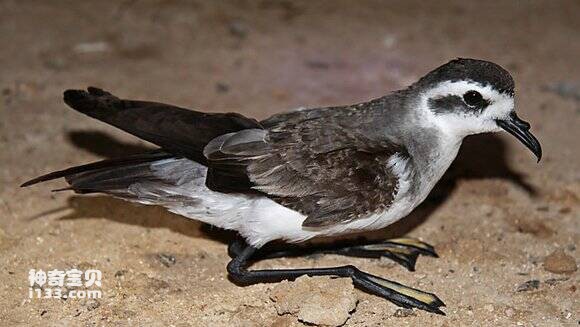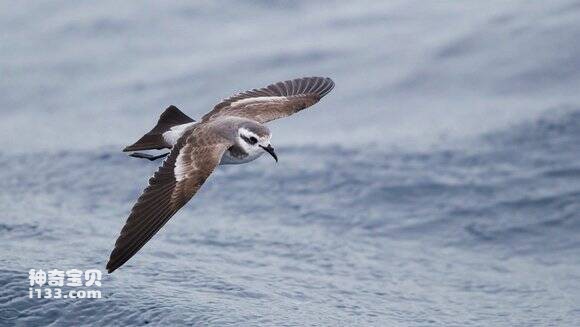Pelagodroma marina
IUCN
LCBasic Information
Scientific classification
- name:Pelagodroma marina
- Scientific Name:Pelagodroma marina,White-faced Storm Petrel
- Outline:Waterfowl
- Family:
Vital signs
- length:13-26CM
- Weight:25-68g
- lifetime:25 years or so
Feature
Distribution and Habitat
Distributed throughout North America (including the United States, Canada, Greenland, Bermuda, Saint Pierre and Miquelon Islands, and the transition zone between North and Central America in Mexico), Eurasia and Northern Africa (including the whole of Europe, Africa north of the Tropic of Cancer, the Arabian Peninsula, and Asia north of the Himalayas, Hengduan Mountains, Minshan Mountains, Qinling Mountains, and Huai River). Central and southern Africa (including the southern part of the Arabian Peninsula, the entire African continent south of the Sahara Desert (Tropic of Cancer).) South America (including Colombia, Venezuela, Guyana, Suriname, Ecuador, Peru, Bolivia, Paraguay, Brazil, Chile, Argentina, Uruguay, and the Malvinas Islands (also known as the Falkland Islands), the Galapagos Islands (also known as the Colon Islands), The Indian subcontinent and the southwestern part of China (including India, Bangladesh, Bhutan, Sikkim, Nepal, Pakistan, Sri Lanka, Maldives and the southeas
Appearance
The feathers vary in color (some species have several color forms), and have rounded wings; The feet are long and often droop because they jump or walk on the sea while foraging. Southern petrels have evolved shorter, rounder wings, most likely in response to the fierce winds of the Southern Ocean. Size measurement: body length 13~26 cm; Wingspan 32~56 cm; Weight 25~68 grams.
Details
Pelagodroma marina, or White-faced Storm Petrel, is a congregant bird, either in nesting areas or at sea, mostly in small or loose groups, although some species act alone. They spend their entire lives at sea, returning to land only to breed. With the exception of a few species that land during the day, most species return to their nests after dark to reduce prey from predators such as gulls, skuas, crows and birds of prey. They often fly close to the sea, as agile as swallows, and sometimes their feet touch the water, as if walking on water. Occasionally dives into the water to hunt, but soon jumps out again. Rarely stop to rest on the surface of the sea.

White-faced petrels have small mouth cracks and can only prey on small fish and squid and krill floating on the sea surface. Often splashing or swaying on the water with their feet, feeding on disturbed and alarmed zooplankton and small fish. Sometimes they follow fishing boats, whale and dolphin herds, or schools of fish to hunt for small, fleeing fish.

Protect wild animals and eliminate wild meat.
Maintaining ecological balance is everyone's responsibility!








